This 1/10th scale Front Wheel Drive Tamiya PIAA Accord VTEC Electric RC car is one of the 3 PIAA livery cars that Tamiya produced in the Mid 1990’s. It uses the FF-01 Front Wheel Drive chassis and was designed to replicate the the car used in the 1996 Japanese Touring Car Series (JTCC) driven by T. Kurosawa. The JTCC series was a fan favorite as the cars were near stock due to tight engine and chassis limitations.
This following article is licensed under the GNU Free Documentation License. It uses material from the Wikipedia article “Japanese Touring Car Championship” as of 10-22-09.
The series had a history going back to the late 1960s and was widely dominated by the C10 Skyline GT-Rs until the Mazda Savanna RX-3 broke its dominance pattern. With by the emergence of Group 5 cars in the later half of the 1970s, the series was replaced in 1979 by the Formula Silhouette which was always held as a support race to the Grand Championship. As the series was incorporated and then later dissolved in 1984 by the All Japan Sports Prototype Championship, the series saw a revival in 1985 for Group A cars, like all other championships in other countries, there was three divisions, by the late 1980s division 3 would be a closely fought competitions between Toyota Supras and Nissan Skylines, whilst division 2 was mainly BMW M3s and division 1 was between Honda Civic and Toyota Corolla. Their biggest race of the season was the InterTEC (インターTEC) which took place in Fuji Speedway.
By 1993, like many other Group A series, the series had ended up becoming a one make affair with just the GT-R only appearing on the top category, followed by the M3s on the other, whereas in Div. 3 only consists of Corollas and Civics. For the following year the series would switch to the Supertouring formula. By 1997 as the class 2 formula cars became more expensive and complicated and due to heavy competitions from JGTC, organisers would make change to the rules to suit crowd demands. Rule changes includes increases to body width and exhaust noise decibels, also keeping the front aerodynamic devices basic and in 1998 with the withdrawal of Nissan Motors due to financial problems and Honda, to concentrate on its Formula One program and also realising it would be less expensive for them to race their NSX in the Japanese Grand Touring Championship series, leaving Toyota as the sole factory manufacturer to have cars competing using their Corona EXIVs and Chasers. Occasionally, an independently run Opel Vectra and a pair of Subaru Impreza wagons did race against the factory Toyotas. In 1999, a new formula using spaceframe cars, now renamed Super Silhouette Car Championship came to nothing and the series was abandoned altogether as by then, the Japan’s big three had all got work entries in JGTC to this day, now known as Super GT.






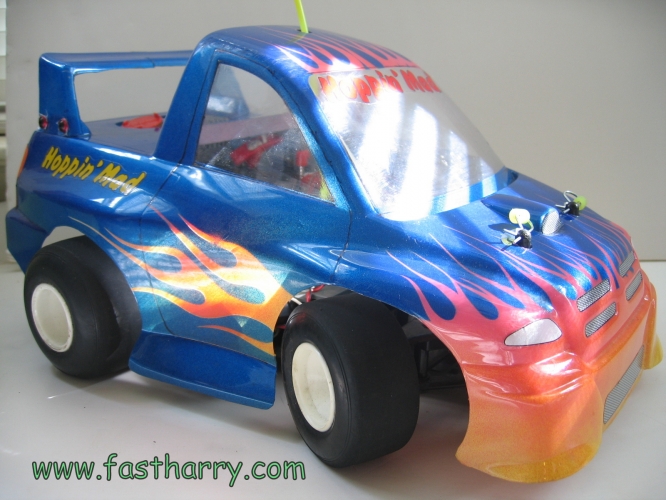
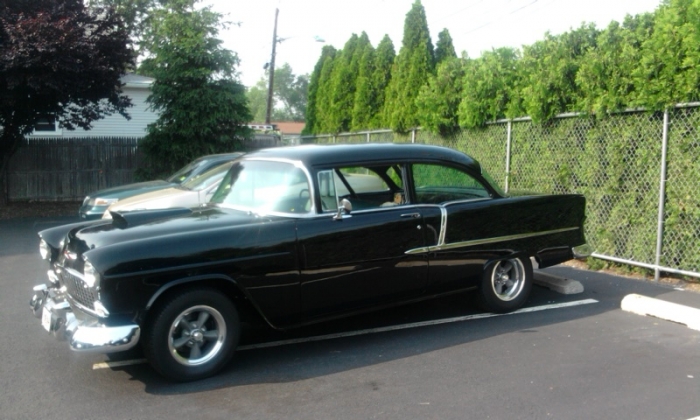
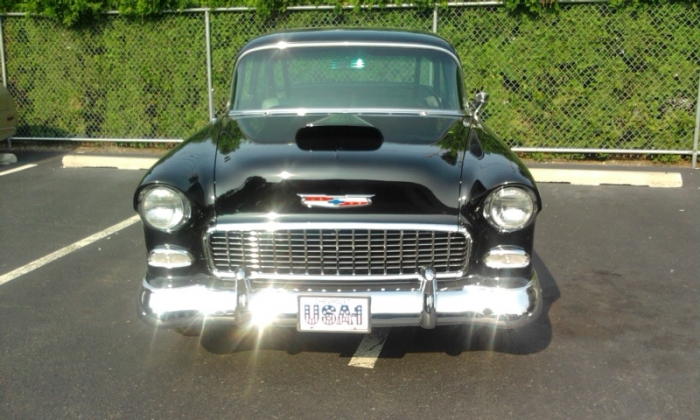
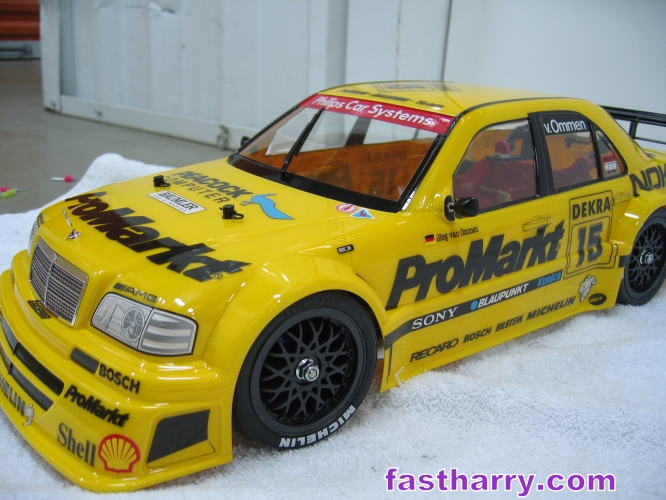
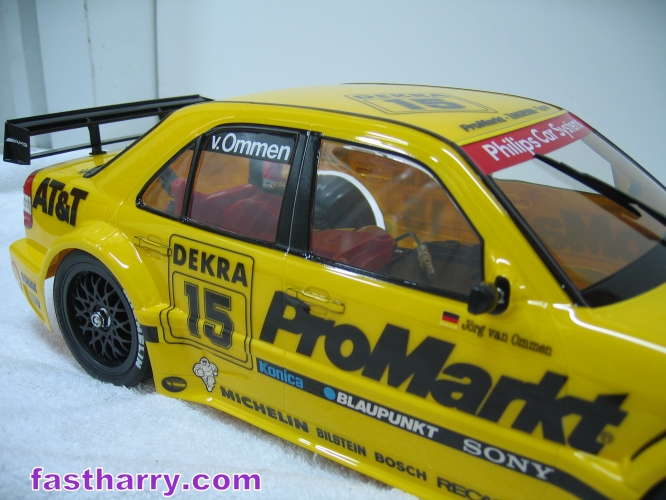
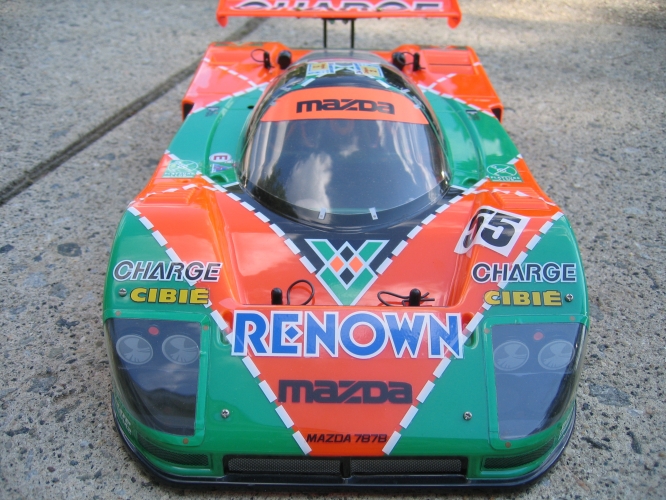
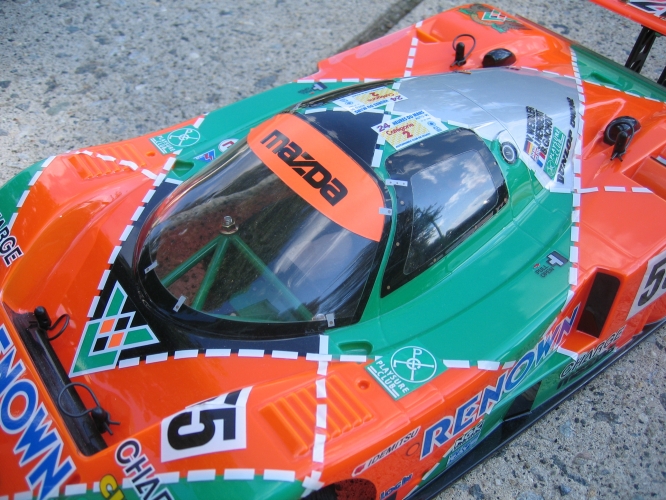
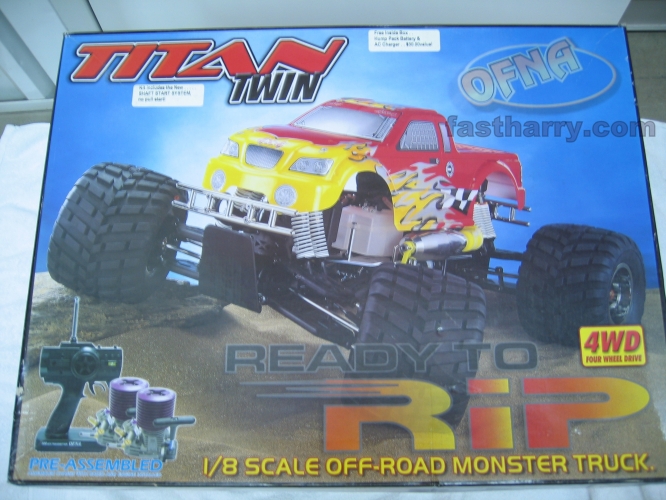
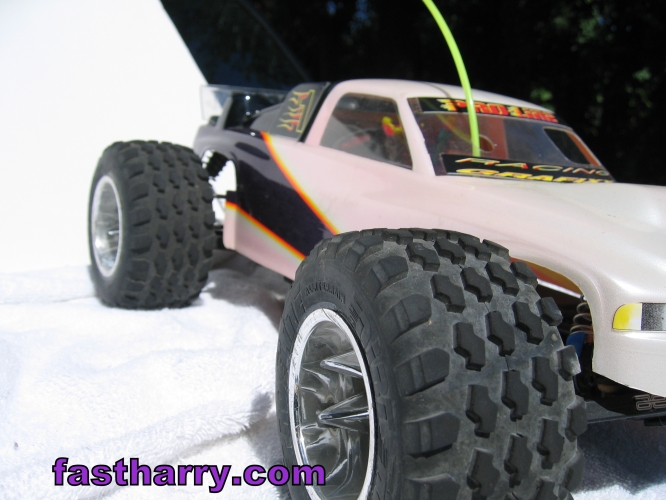

Leave a Reply